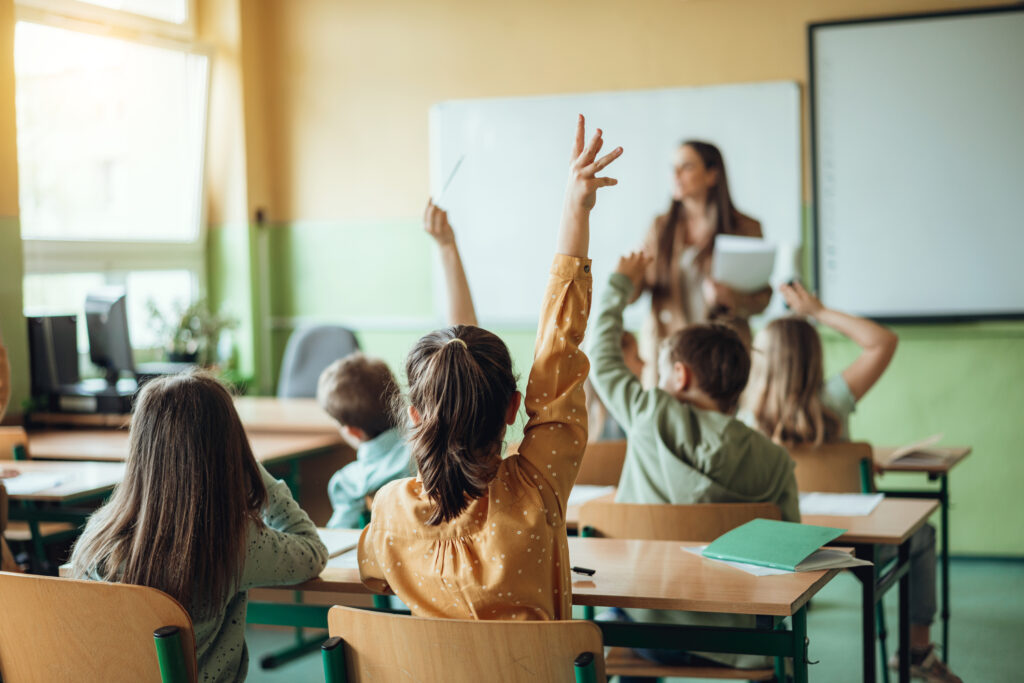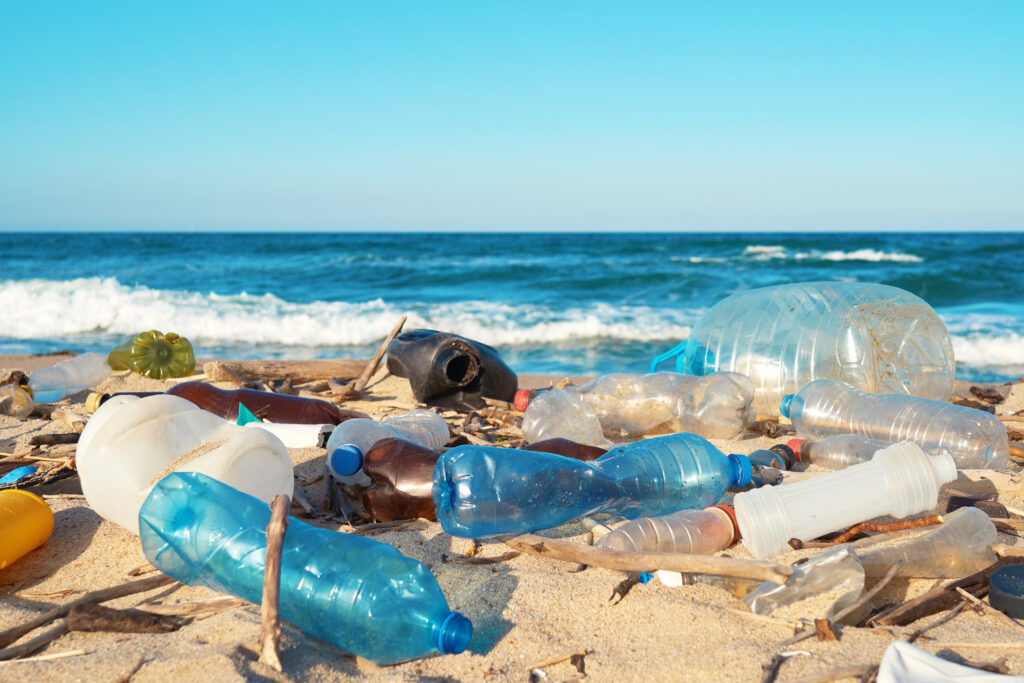The start of a new school year can feel like the best time to start afresh and think about the future. In the current days of climate change and plastic-filled oceans, it’s vital that teachers, support staff and parent groups play a leading role in helping students learn to care for the environment.
With that in mind, here we’ll take a look at why schools should set an example when it comes to being more environmentally friendly, as well as some ideas for helping schools achieve this goal.
The importance of schools being eco-friendly
Making sure the school environment is eco-friendly is a great way to start encouraging the future generations to be more considerate of the world around us. This is particularly important because it can inspire younger children to take positive action to protect the world’s wildlife and ecosystems as they grow up.
Schools setting the example in regard to being more eco-friendly can be a big step towards improving the environment for humans and animals alike. Schools may produce a lot of waste from paper and other materials to energy usage, all of which can have a negative impact on the environment if not managed properly.
If schools aim to produce less harmful waste and recycle materials accordingly, not only can it have a better impact on the world, but it can set a good standard for the children and teachers alike.

Top tips on how schools can be more eco-friendly
If you’re looking for ways to help your school become more eco-friendly, check out our tips and insights…
Turn the school run into a school walk: Instead of driving to school, why not walk? If it’s not too far from your home, take advantage of being able to walk in the fresh air and cut down on your carbon emissions. If the weather’s not great, or it’s too far, consider getting public transport instead!
Play the recycling game: A little healthy competition goes a long way, so set the challenge right now: which class can recycle the most waste? Incidentally, colourful bottle tops can even be used to create upcycled posters and murals with eco-friendly themes. What better way to spread the message that waste is bad for the environment?
Lose the plastic: You don’t need to be a maths teacher to see the problem with disposable plastic food bags. Multiply the 200 or so lunchtimes in every school year by the 8.2 million children in British schools, and you get a lot of plastic clogging up the environment for hundreds of years to come. Lead the charge against single-use plastics by getting a sturdy, reusable lunchbox and encourage your students to do the same.

No littering: From chewing gum under desks to crisp packets on the playing field, litter is not only an eye sore; it also causes air pollution and puts local wildlife at risk. It’s important to discourage everyone from littering, no matter how small it may seem.
Cut out paper where you can: The shift towards paperless classrooms has been a massive boost for the environment, not to mention reducing paper aeroplane related mishaps to almost zero. But working towards eliminating paper from the classroom entirely is still the goal. If you’re disorganised, consider using an app to help your planning, or taking notes on your laptop. And if you do need to print out written materials, use both sides of the paper where possible.
Pull the plug on wasted electricity: Get into the habit of turning off your laptop or computer, rather than putting it into sleep mode, which still drains energy. And unplug things like lamps and phone chargers from the wall when not in use. Encourage your students to take this lesson home by switching off and unplugging games consoles and TVs before bed.
Encourage better recycling: Being more educated on what can be recycled can make a big difference. Consider having accessible bins for recycling, and make them colour-coded or provide a guide as to what can be put in each bin.
Meat free lunch options: The meat industry causes a huge amount of carbon emissions, so by cutting down on your meat consumption you can have a positive impact on the environment – as well as the animals. Offering and choosing vegetarian or vegan meals can be a great step towards a more sustainable future.
Clothes drop off point: Many of us have plenty of old clothes that are no longer worn, but might still be in good condition. Instead of throwing them in the bin, why not organise a clothes drop off point where things can then be taken to charity shops? It can encourage people to swap and share their clothes to avoid throwing things away unnecessarily.
Introduce a school garden: Whether it’s in an outdoor space or an indoor take on a garden, this can teach children the importance of planting and the impact it can have on sustainability, as well as the idea of creating their own food source.
School trips: There are many types of school trips that can be geared towards learning how to be eco-friendly. Beach cleans can be a great way to do this, while getting the children actively involved. What’s more, why not visit your local aquarium to learn more about marine life and how important the conservation of the world’s oceans is?
As you can see, becoming more eco-friendly can be as simple as recycling your old materials and choosing something different for lunch! If you’re interested in a school trip to Bristol Aquarium to learn more about ocean conservation, we offer a fun and inspirational day for a range of ages.
